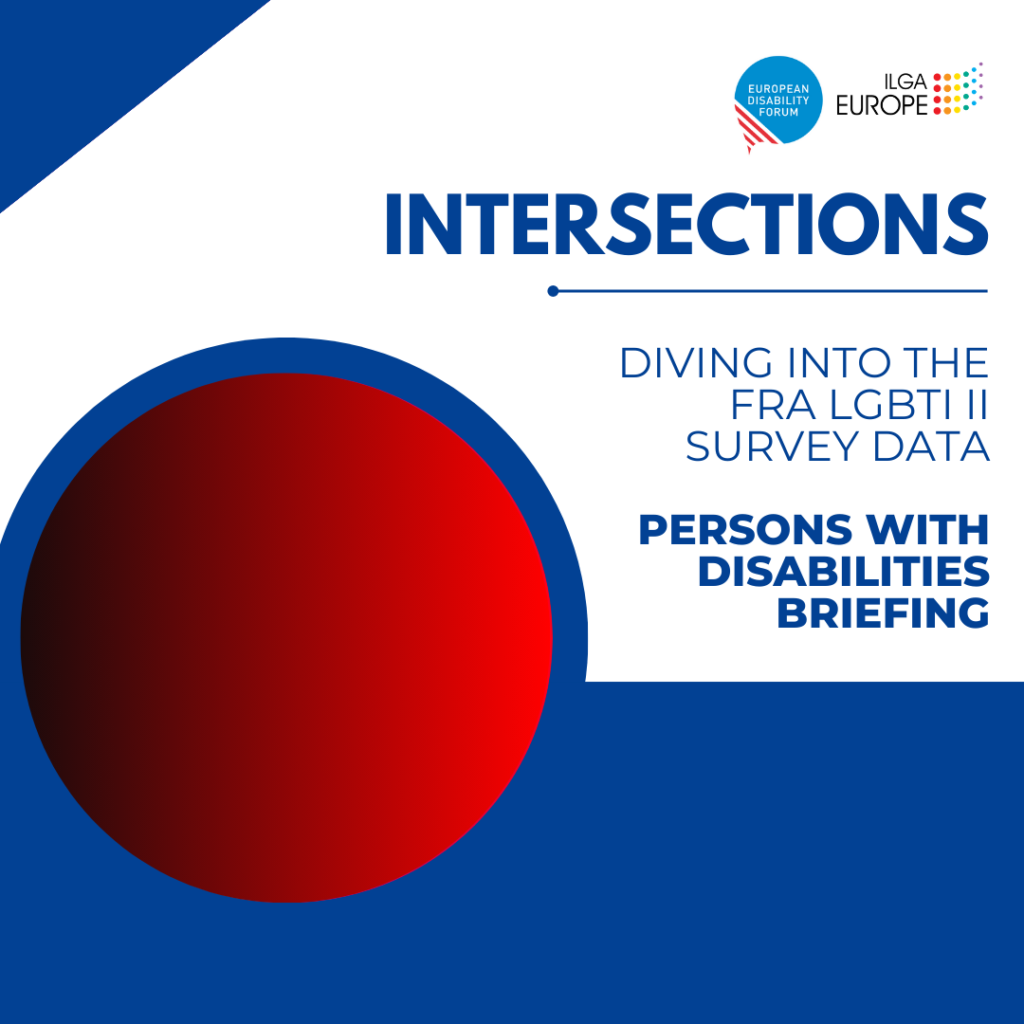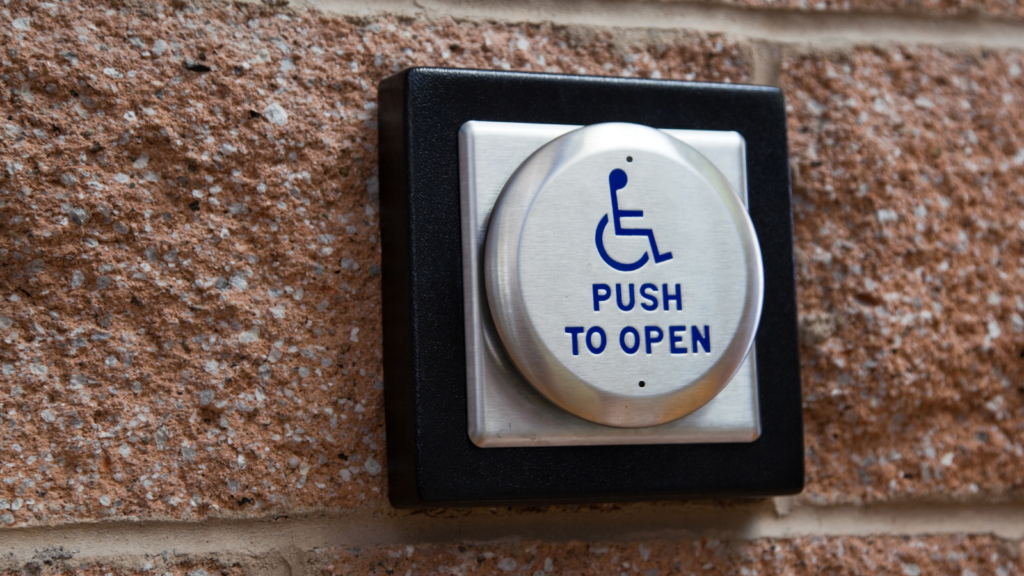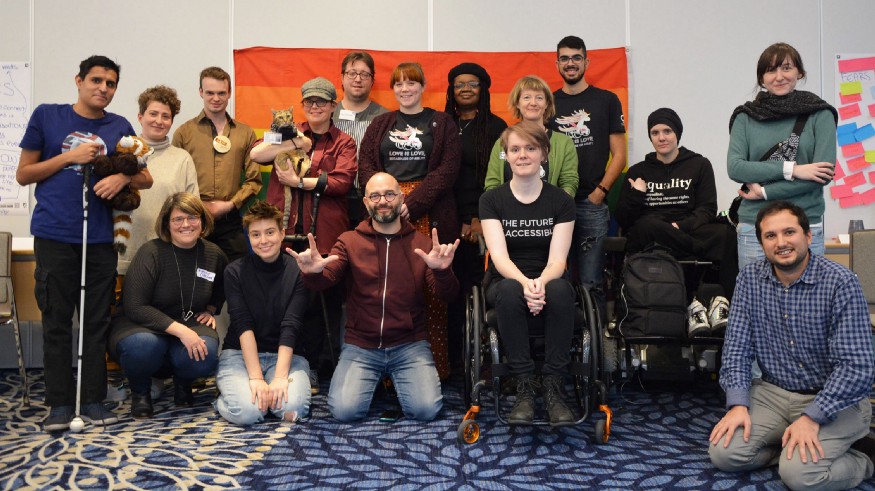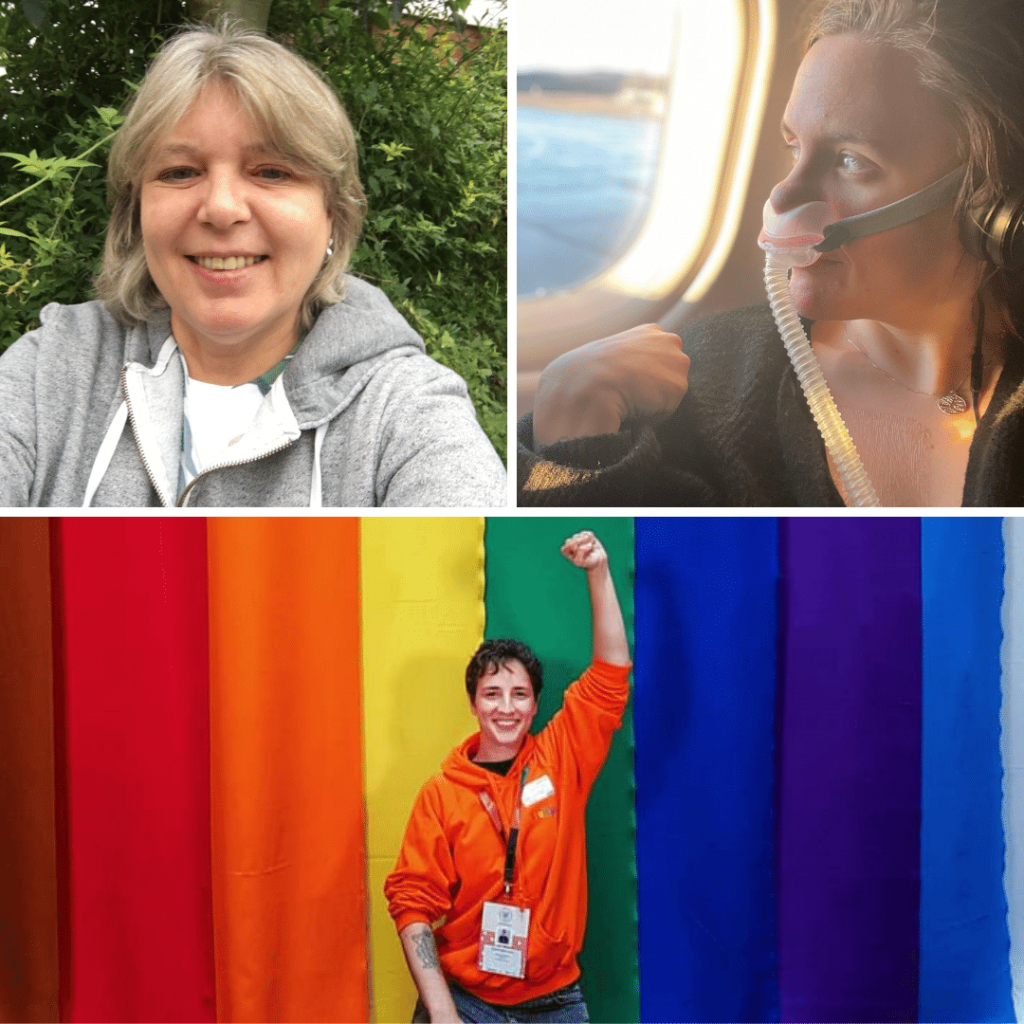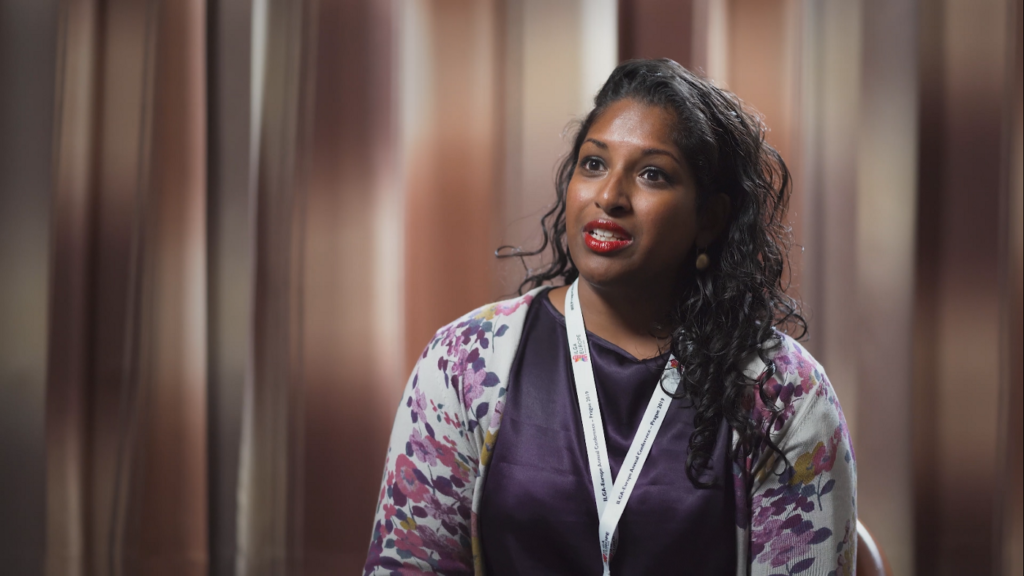7 Practical Takeaways from the First ILGA-Europe Gathering of D/deaf and Disabled LGBTI Activists
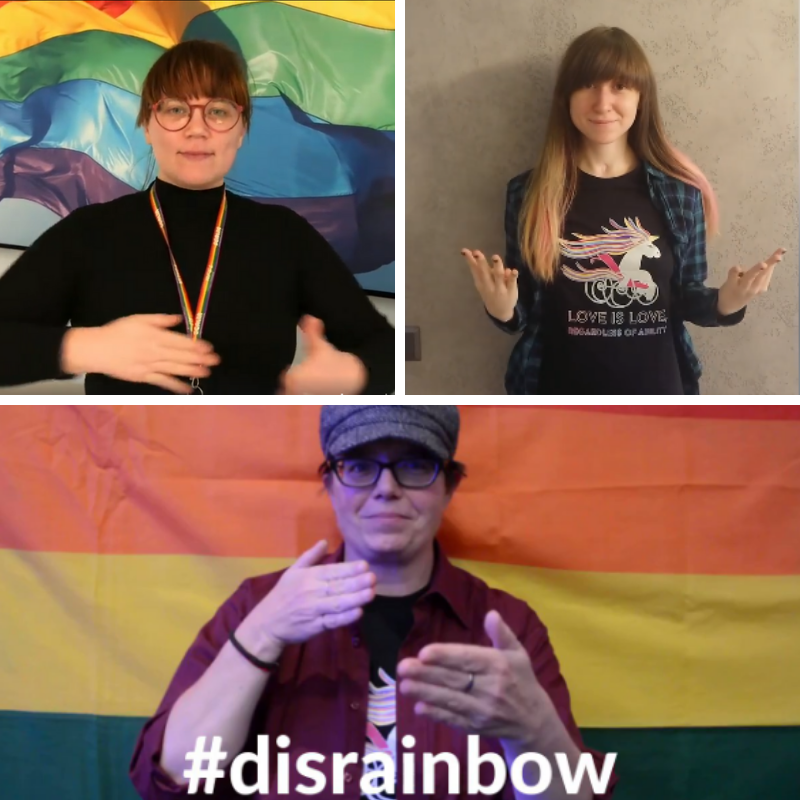
We put a lot of thought and work into preparing for our first gathering of D/deaf and disabled LGBTI activists in Brussels, but during the event we learned much more about how to organise better in the future. Here are our main takeaways!
On the 22 and 23 of November ILGA-Europe hosted a gathering of 11 D/deaf and disabled LGBTI activists from 9 countries throughout the European region. It was an incredible opportunity to meet and share experiences, to exchange and pull knowledge together, and to form and strengthen tools and practices to support D/deaf and disabled LGBTI people, communities and movements.
Organising the event, ILGA-Europe learned a lot about how we could and should make our work more accessible. In this article we are delighted to share some of those learnings. We hope that this will help others in their efforts around inclusion and accessibility – not only for D/deaf and disabled LGBTI people, but for our community as a whole.
The Takeaways:
1. D/deaf and disabled LGBTI activism leadership is key
From the very beginning, we engaged with a disability and LGBTI activist, asking them to work with us putting this event together. Their expert engagement was a brilliant source of strategic thinking, which allowed us to connect with more activists. We made sure that the idea of a gathering was relevant and resonated with D/deaf and disabled LGBTI activists before moving on.
2. We need to build alliances and work in solidarity
Our strong relationship with the European Disability Forum (EDF) allowed tackling intersectionality between disability and LGBTI within both our movements. ‘Nothing about us without us’ was indeed crucial takeaway from the group who gathered in Brussels.
A great starting point to understand more of the needs and work around disability and LGBTI is 2017 TGEU publication “Oppression Squared: D/deaf and disabled Trans experiences in Europe” by Nathan Gale. The report presents the findings from an expert meeting of D/deaf and disabled trans and queer activists. It sets out barriers in accessing their human rights, and in attempting to engage with LGBTIQ organisations. The report also includes practical steps that organisations can take to overcome or reduce these barriers.
3. Language is a wide and ongoing debate
When preparing for the event we had to reflect on what language to use to talk about this work and we decided for D/deaf and disabled people. This decision reflects what is in the publication “Oppression Squared: D/deaf and disabled trans experiences in Europe” and is informed by experiences of D/deaf and disabled trans and queer activists and their extensive activism across Europe. However, as stated in the publication “it is important to note the variety of terms that are used by D/deaf and disabled people to describe their experiences and to acknowledge that there is not always agreement on the language used”.
We made a choice, hoping that it would not discourage potential applicants. Nonetheless, some of the feedback we received was quite critical of this decision. Some would have preferred us to use people with disabilities instead. We learned that it is a wide and ongoing debate that from the language dives into the comprehensive approach to disability – from the people first approach to the social model of disability.
4. How to better ensure accessibility to events
Ensuring accessibility to the broader event also required more knowledge and tools than the ones we had. We needed to be prepared to welcome participants in an environment with way too many barriers to full access. How to go about it? EDF’s Guide for Accessible Meeting for All is a great and comprehensive tool that provides insight on how to go about meetings venue, accommodation, what to do before and during the meeting, etc.
A great tool we used in the application process is the accessibility requirements example questionnaire (page 66) provided in the report Oppression Squared. It is meant to facilitate participants in an event describing what their access needs and reasonable adjustments are. Events’ organisers then have an overview of what to look for in terms of accommodation, event venue, etc. Before publishing the invitation to apply, we checked with hotels and other service providers this list to make sure that we could meet those requirements and then we amended to list according to what we knew could be provided in terms of access.
The list doesn’t only provide information on needs around accommodation and transport. It also includes elements of access during the meeting – physical, sensory and neurodiversity. We received many feedbacks saying that this list created a sense of acknowledgment and respect.
5. Information needs to be fully accessible
Accessibility of information around the gathering was a really important part of our preparation. Some resources were of great help and many are listed and linked under this European Disability Forum guide on how to make political campaigns more accessible. Some of the resources and information are more technical, such the ones about accessibility of web content. Others are about making the content of the communication accessible, for instance to people with intellectual disability, such as the publication on European standards for making information easy to read and understand. We had to challenge our use of the language and we learned that our communication is still not fully accessible. However, we are committed to integrating this knowledge in our communications beyond this event, in an overall effort to ensure access for all.
6. Getting the timing right
When developing the program of the event we decided to limit the number of hours of the meeting and to have several breaks. Reducing our time together when we all travel to be there is not an easy choice but it is absolutely necessarily to ensure access for all and ultimately it didn’t impacted on the outcomes of the event. We had all the conversations that we could possibly have and all were meaningful and relevant precisely because everyone was able to join in.
When we sent out the program to participants we also included access details, such as additional information on the meeting room (where it is, how it would be arranged, how much space would be available, etc.), bathrooms, coffee and lunch, etc. We also shared other type of information, for instance that participants were invited to move around, to stand or sit, to leave the room when needed, and more. During the event we made sure to stick to our planned timing – no delays on the break or on the time for the end of the meeting.
7. Activities should be for everyone
Activities proposed needed to take into account accessibility needs: not everyone would necessarily have the same approach or possibility when it comes to moving around the room, arrange sticky notes, write, etc. More information on accessibility of presentations in meetings can be found in this guide from Web Accessibility Initiative here. Ultimately, whatever the event we organise we have to mindful that our audience might not be able to: see well or at all, hear well or at all, move well or at all, speak well or at all, or understand information presented in some ways well or at all.
We are learning as we go, so do not hesitate to contact us via email at valeria@ilga-europe.org or by calling +32 2 609 56 52 (Valeria’s number at ILGA-Europe), if you have feedback, doubts or questions related to this blog, the tools and materials included or the practices described.
Want to know more? Check out Valeria’s previous post #DisRainbow: What We Learned from the First ILGA-Europe Gathering of D/deaf and Disabled LGBTI Activists
